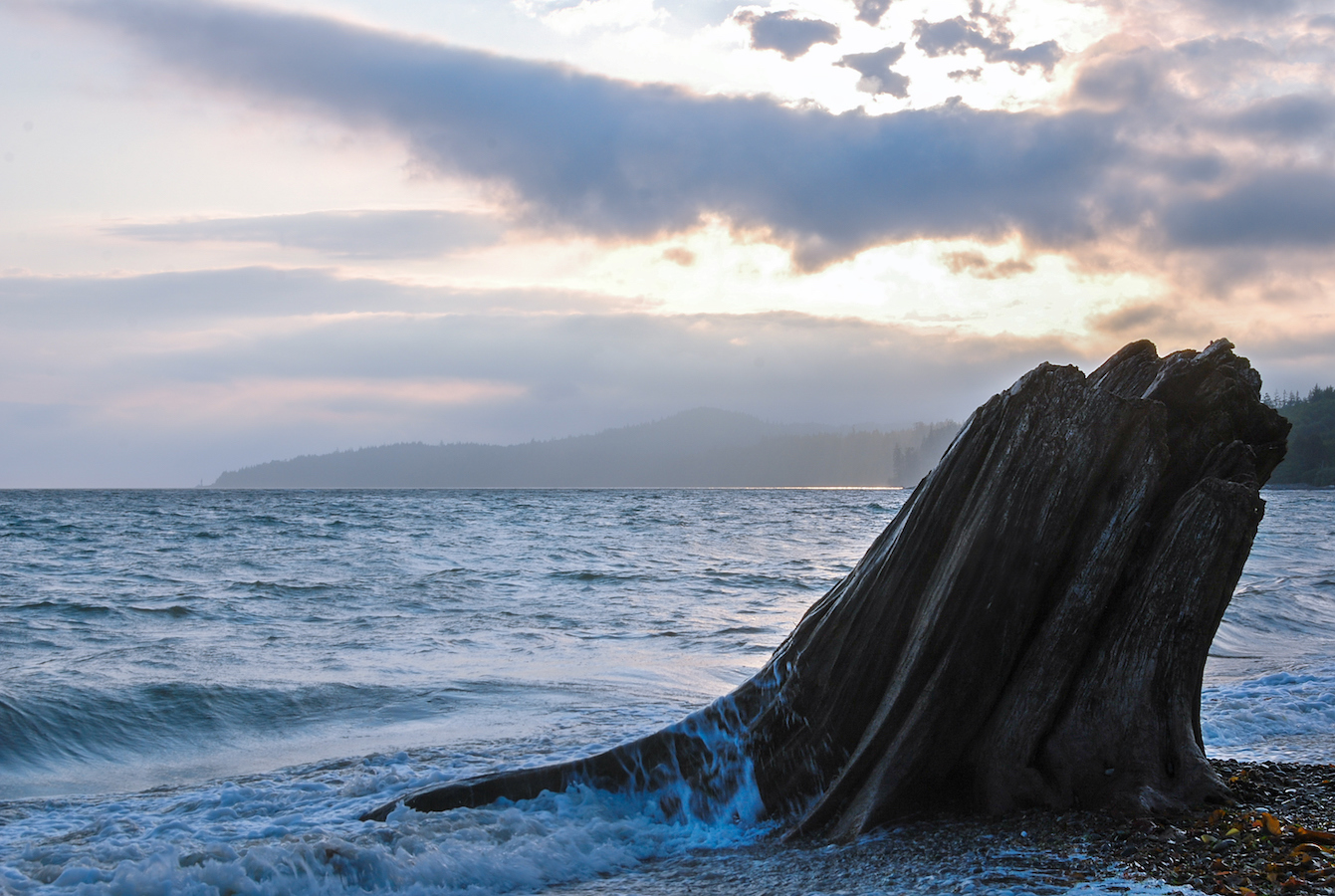In early February, 15 First Nations and the Canadian government announced a new plan for a network of marine protected areas on Canada’s west coast. The Marine Protected Areas Network Action Plan for the Northern Shelf Bioregion provides a strategy to create protected areas that will safeguard more than two hundred species of fish, marine birds, marine mammals, and invertebrates in the region. It will also help preserve a coastline that stretches from Vancouver Island to the Canada-Alaska border.
“This is a significant achievement in Canada’s commitments,” said Joyce Murray, Minister of Fisheries, Oceans and the Canadian Coast Guard. “Only by working together at all levels can we achieve Canada’s marine conservation targets.”
The Canadian government has committed to protecting 30 percent of its oceans by the end of the decade; one part of the international goal known as 30X30 to protect biodiversity and reverse climate change by protecting 30 percent of the planet by 2030. But a new report says to meet this goal, Canada has to make more efforts to include First Nations in its national marine conservation plans.
The report from the Assembly of First Nations, a national advocacy organization that represents First Nations governments and their citizens, also says Canada must provide more support for existing Indigenous conservation initiatives, like establishing Indigenous Protected and Conserved Areas, or IPCAs – lands and water managed and conserved by First Nations and communities. Indigenous land management protects biodiversity and benefits the environment, as does the recognition of Indigenous territory and rights.
The report provides a list of recommendations to support those IPCAs, including establishing cultural objectives alongside ecological goals, and hiring more First Nations staff. The Assembly of First Nations also says more structure, investment, and support for conservation efforts are necessary to help Canada meet its human rights and climate commitments.
“A whole-of-government approach is necessary to provide more certainty for First Nations’ stewardship of their lands and waters,” the report says.
Canada has been making strides toward a better protected areas model. In 2021, Canada announced $340 million for Indigenous-led conservation, including more than $166 million for IPCAs. But Indigenous leaders have said that the reality is more complicated, with IPCA approvals taking too long and long-term funding proving elusive. First Nations are also concerned that Prime Minister Judeau Trudeau has signaled that resource extraction may be allowed in some protected areas.
“Our Nations have a solid track record proving that Indigenous-led conservation works for nature and for people,” said Dallas Smith, Board President of Nanwakolas Council Society. “As we tackle the urgent challenges of biodiversity loss and climate change, this is the model the world needs now.”



